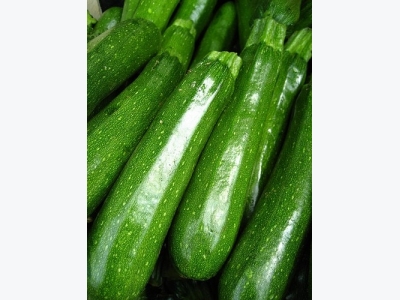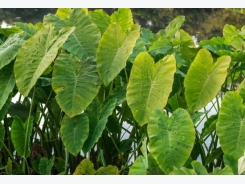Diseases of Zucchini Plants

The joke in Maine is that when August comes around it’s best to lock your car doors, otherwise you’re likely to find a pile of zucchini on the back seat when you get back. With such a glut of zucchini, it’s hard to believe that these popular vegetables are subject to a whole host of destructive diseases.
Following are descriptions of some of the most common diseases of zucchini, with tips for controlling them and links for more information.
1. PHYTOPHTHORA BLIGHT
Phytophthora blight is a serious fungal disease that affects members of the cucurbit, or squash, family, including zucchini. It causes damping off of seedlings, leaf spots, foliar blight, root rot, crown rot, fruit rot, and stem lesions.
Gardeners can manage phytophthora blight by planting zucchini in well-drained fields. To prevent the blight from spreading it’s important to separate zucchini from other susceptible crops such as eggplant, tomato, and other squashes. Gardeners should also (1) plant zucchini in hills or domes, rather than on flat ground; (2) use resistant varieties; and (3) clean tools and shoes to avoid spreading the disease.
2. PLECTOSPORIUM BLIGHT
Plectosporium blight is a fungal disease that can overwinter in the ground for a number of years. The spores are spread by the wind. Cool, rainy weather promotes the spread of this blight. Gardeners can recognize the disease by the white, diamond-shaped lesions on vines and round lesions on fruit and leaves.
In severe infestations the vines and leaf petioles turn white and the leaves die. Lesions allow rot pathogens to infect the fruit.
Home gardeners can manage the disease by using trickle irrigation instead of overhead watering, plowing under crop residue after harvesting, employing a three-year crop rotation, and ensuring good air circulation in the fields. With large crops gardeners may decide to use fungicides in addition to these management techniques in order to control the disease.
3. SQUASH MOSAIC VIRUS (SQMV)
Squash mosaic virus (SqMV) is a seed borne disease spread by the spotted and striped cucumber beetles. Infected mature leaves show blistering, hardening, and a green mosaic (mottling) pattern. Leaves of young seedlings appear distorted and pale in color. Planting disease-free seed and controlling the cucumber beetles can stop SqMV.
4. ZUCCHINI YELLOW MOSAIC VIRUS (ZYMV)
Zucchini yellow mosaic virus (ZYMV) is another one of a number of diseases that cause the leaf mottling known as mosaic. ZYMV is transmitted by aphids, which carry the disease on their probing mouthparts. Pokeweed and other weeds harbor viruses and serve as hosts for the insects that transmit viruses.
Controlling aphids as well as weeds around gardens can help manage the disease. The best control, however, is to plant mosaic-resistant varieties.
Có thể bạn quan tâm
Phần mềm

Phối trộn thức ăn chăn nuôi

Pha dung dịch thủy canh

Định mức cho tôm ăn

Phối trộn phân bón NPK

Xác định tỷ lệ tôm sống

Chuyển đổi đơn vị phân bón

Xác định công suất sục khí

Chuyển đổi đơn vị tôm

Tính diện tích nhà kính

Tính thể tích ao hồ



 Tips For Growing Cucumbers
Tips For Growing Cucumbers  Are Elephant Ear Plants Poisonous?
Are Elephant Ear Plants Poisonous?